Day 1 | Arrive in Dakar
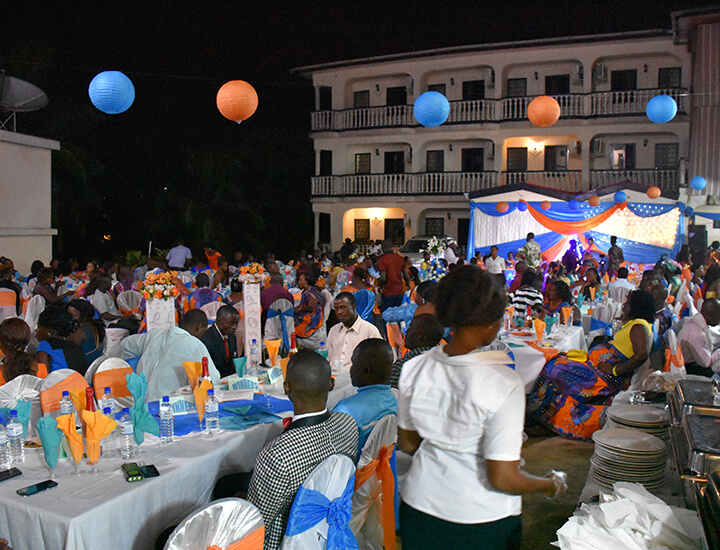
Today we arrive in Dakar, the capital of Senegal. Overnight in Dakar. Meal plan: Dinner, if required.
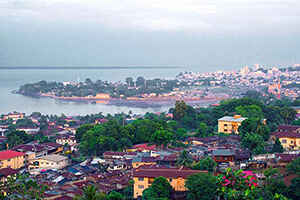
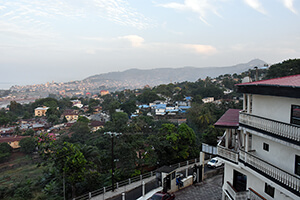
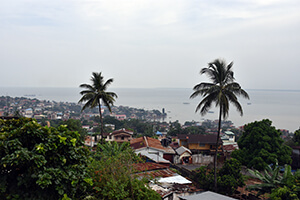
Group Tour to Senegal / Burkina Faso
Find detials below for Senegal / Burkina Faso Tours
Please see our Frequently Asked Questions below..
Our tours were very great

Today we arrive in Dakar, the capital of Senegal. Overnight in Dakar. Meal plan: Dinner, if required.



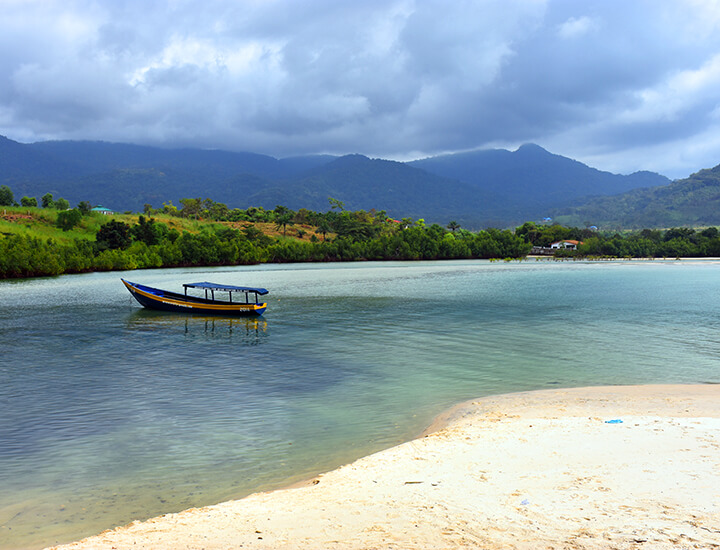
This morning we take a tour of Dakar, the westernmost point on the African continent. Dakar is a dynamic and modern urban center with a strong French colonial flavour. Our city tour shows us the Independence Square, the Presidential Palace, the Cathedral and the Grand Mosque. We also visit the Dakar IFAN Museum with a rich ethnographic collection of masks, statues and other artifacts from all over West Africa. We finally drive around the Corniche for scenic views of the rugged Atlantic coastline.
At midday we take a short ferry ride to the nearby island of Goree. Discovered by the Portuguese, the island was disputed in the following 450 years between the Dutch, the British and the French and changed hands many times. Goree is a World Heritage site (UNESCO) and is infamous for being one of the main gathering and embarkation points for millions of enslaved Africans who were crammed into ships and sent to the Americas.
On the island we visit the chilling House of Slaves where captives were chained in tiny cells waiting to be shipped overseas. Our walk around the island also takes to the impressive fortress, the Catholic Church and the old colonial quarter. Goree boasts many former grand buildings from the 18th & 19th centuries and since there are no cars on the island, it is a beautiful place to unwind and wander among the historical remains away from Dakar's hustle and bustle. Overnight in Dakar. Meal plan: Breakfast and dinner.
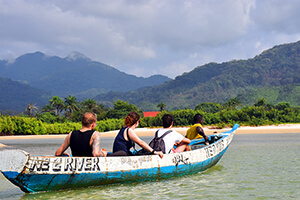
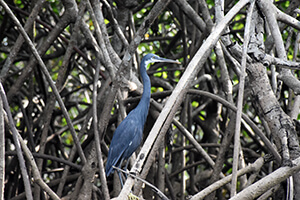
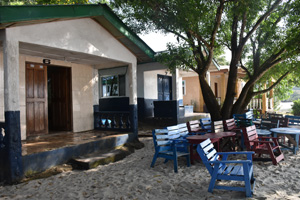
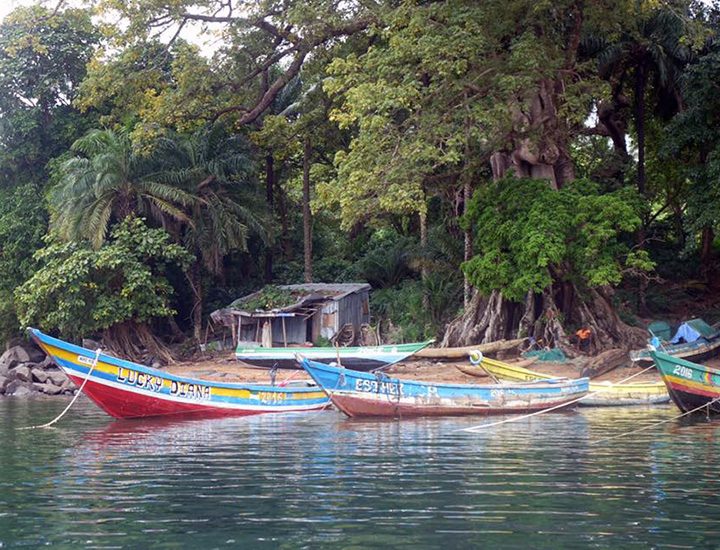
This morning we head northward to historic Saint-Louis which, until 1958, was the capital of French-administered Mauritania and Senegal. En route we stop at the Rose Lake, a center of salt extraction where traditional methods are still in use. This is the finishing line of the demanding Paris-Dakar rally.
We reach Saint-Louis at the end of the afternoon driving along a road bordered by large and impressive baobab trees. The city of Saint-Louis is situated on an island at the mouth of the Senegal River and like the island of Goree is recognized as a World Heritage Site. Overnight in Saint-Louis. Meal plan: Breakfast and dinner.
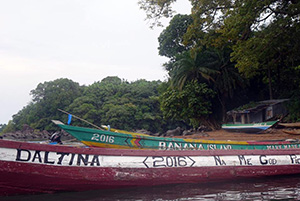
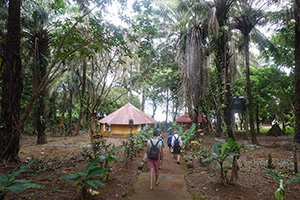
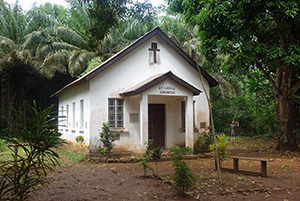
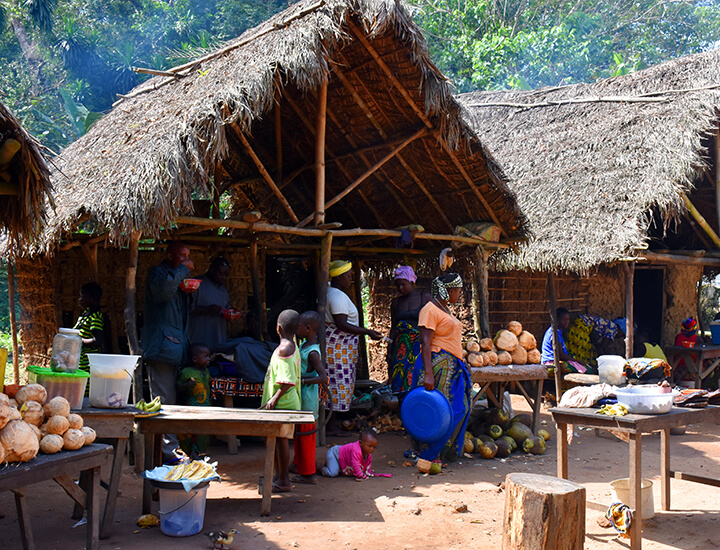
Heading out early this morning, we drive to the Walo Delta of the Senegal River, a vast area of marshes and wetlands. This river has its source in the Fouta Djalon Mountains of Guinee (where the great Niger River also rises) and marks the border between Senegal and its northern neighbour, Mauritania.
Our destination this morning is the Djouj National Park, considered one of the most important bird sanctuaries on the planet. Situated on a major migratory route, this park is a paradise for bird enthusiasts and was awarded World Heritage status and a World Biosphere Reserve. Some of the world's greatest concentrations of white pelicans and other migratory birds can be seen here. We board a motorized boat and cruise along the splendid waterways to observe the immensely rich birdlife. Various ethnic groups live along the Senegal River, notably Fulas, Tuculors and Moors.
In the afternoon we return to Saint-Louis for our city tour. We visit the Provincial Museum, the Faidherbe Square, the Central Mosque, and pass by the old Slave Market, a gum Arabic warehouse and countless colonial buildings painted in flaking pastels. At the height of the French period some 4,000 French nationals lived here. We finally drive through the lively fishing community of Guet Ndar and its huge wholesale fish market. Overnight in Saint-Louis. Meal plan: Breakfast and dinner.
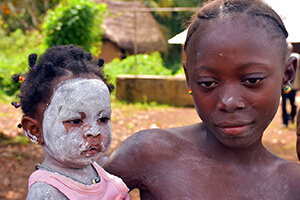
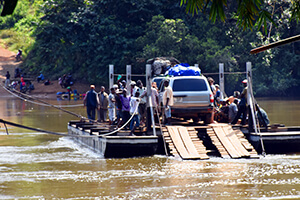
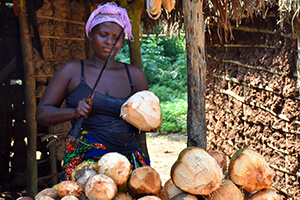
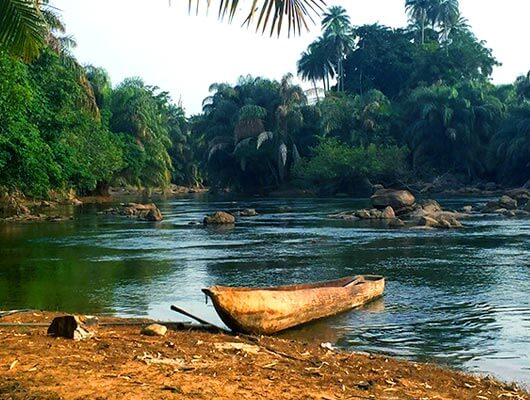
Today we drive back to Dakar and connect with our flight to Bamako, the capital of Mali. Mali is a fantastic country stretching from the unforgiving Sahara to the dry Sahel belt and the wooded savannahs of the south. It is the land of the great Niger River, third longest river in Africa after the Nile and the Congo. Here in Mali, the Niger travels along a northern loop and forms an immense inland river delta, bringing life to an otherwise desolate region.
Mali is all about history and people. This land is a cradle of African civilization, the birthplace of the powerful empires of Ghana, Mali and Songhai, home of the fabled trans-Sahara trading centers of Djenne, Mopti and Tombouctou where Muslim North Africa meet tribal black Africa. Today Mali is home to numerous and colourful ethnic groups like the Bambaras, Bozos, Dogons, Fulanis, Touaregs and others. Overnight in Bamako. Meal plan: Breakfast and dinner.
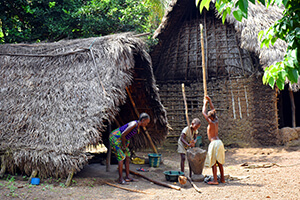
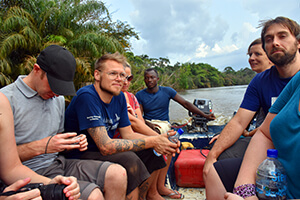
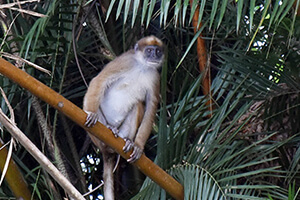
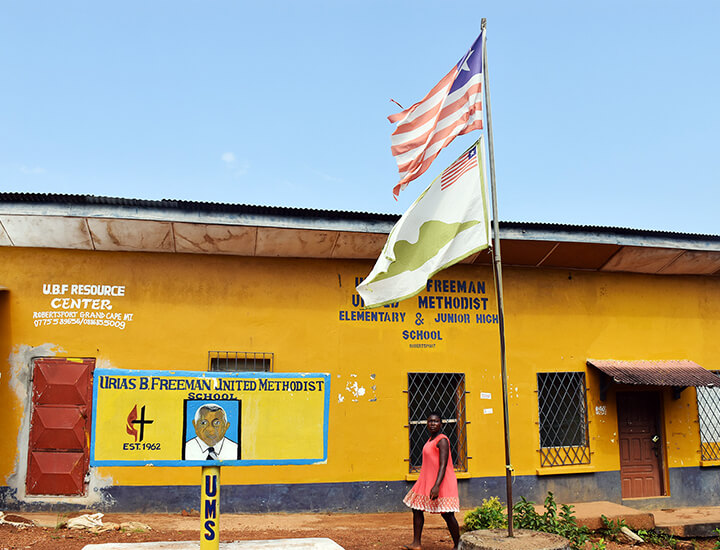
We have an early breakfast today before our scheduled flight to Tombouctou (Timbuktu).* Rooted in legend, Tombouctou, the well of Bouctou, was founded by Touareg tribes. The oasis became fabulously wealthy in the 16th century from the trans-Saharan trade. Loaded with blocks of salt and other goods from North Africa and the Mediterranean basin, long convoys of camels would travel for weeks on end across the unforgiving Sahara to reach this all-important commercial center. It was here in Tombouctou that Arab caravans would trade their salt, often on a pound-for-pound basis with African merchants bringing gold, slaves and ivory along the Niger River from the depth of tropical Africa.
The city rose from the hostile desert as a shimmering mirage of hundreds of mud buildings: mosques, caravanserais, trading houses and Koran schools. At its height Tombouctou had more than 100,000 inhabitants and became not only an important place of commerce but also a seat of learning and religion. The city was fiercely Islamic, and the fact that all non-Muslims were totally banned from entering only added to its mystique. Upon arrival we conduct a tour that includes the three historical mosques: Djinguereber, Sankore & Sidi Aya, the regional museum, a private traditional residence and an Islamic library. We also walk by the residences of the first three European explorers (Gordon Laing, Rene Caille & Heinrich Barth), the Central Market and the Centre Artisanal. We return to our hotel. Overnight in Tombouctou. Meal plan: Breakfast and dinner.
*Note: Due to limited availability on internal flights within Mali, we may have to re-order our overnight points closer to departure date. Overall sightseeing content and highlights will remain as per the original; only their sequence may vary. We will advise of any such changes just prior to departure.
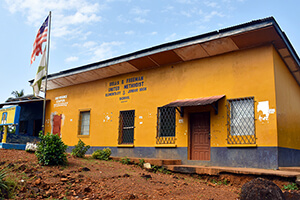
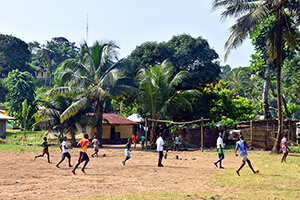
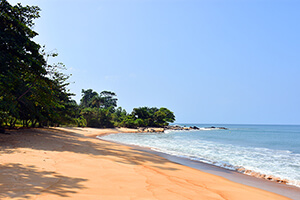
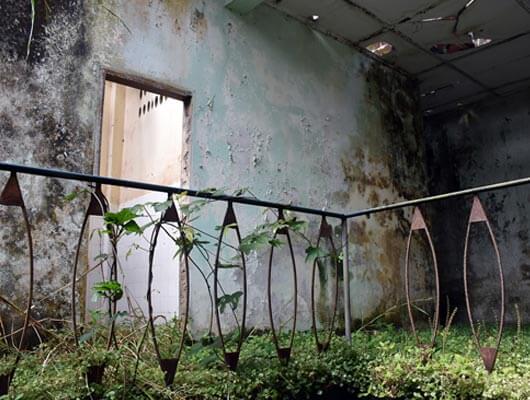
This morning we fly to Mopti (one hour), a vital port of the Niger inland river delta. Mopti is built on several interconnected islands and located at the confluence of the Bani and Niger rivers. On arrival we have a walking tour of the city. We visit the Fula quarter, explore the vast Public Market, walk all the way to the Central Mosque through the colourful old town and spend some free time at the Craft Centre. Overnight in Mopti. Meal plan: Breakfast and dinner.
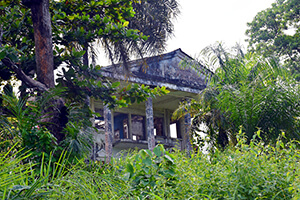
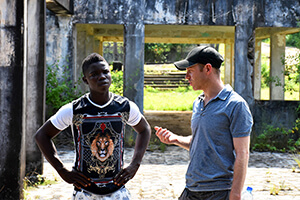
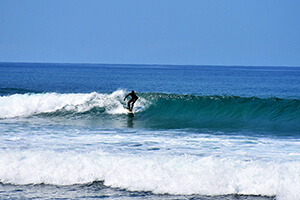
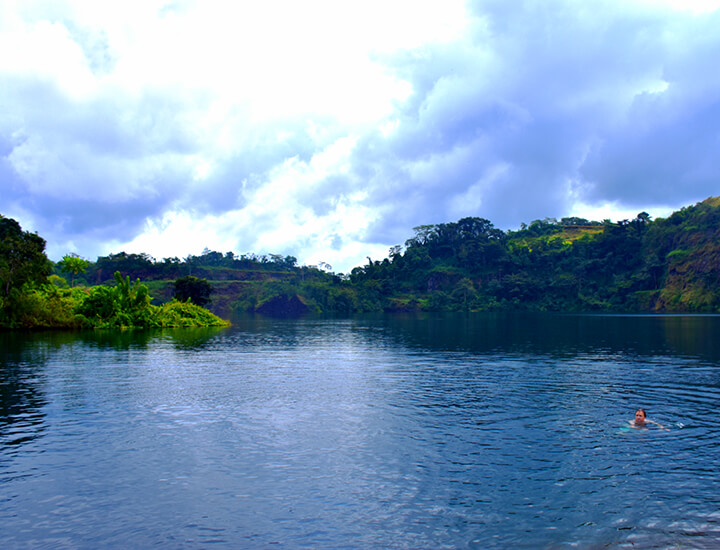
Today we have an excursion to Djenne, one of the most amazing places on the continent. Here we find what is perhaps the greatest symbol of Sub-Saharan Africa and the architectural jewel of Mali: the great Djenne Mosque. Djenne has scarcely changed since the Middle Ages. Centuries ago it rivaled Tombouctou in wealth and power. The city is picturesquely built on an island of the Niger and is surrounded by decaying mud brick walls.
We admire the Great Mosque, the largest mud building in the world, and tour the various historical sites of the medieval town. Generation after generation, every year before the rain season, a guild of skilled master-builders, the Baris, have ensured Djenne's architectural integrity by resurfacing the mud walls with a new coating of 'banko'. Our visit coincides with the bustling weekly market day. Return to Mopti. Overnight in Mopti. Meal plan: Breakfast and dinner.
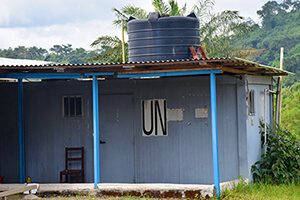
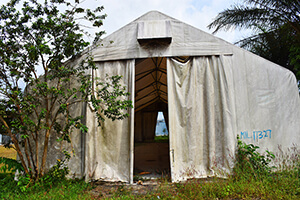
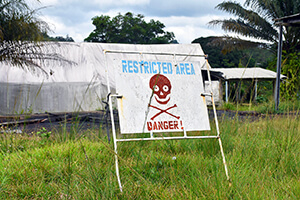

After breakfast, we set out upon a river journey along the mighty River Niger. Known to the Greeks and Romans as Nigris, a combination of the word Niger, (black) and the Berber word 'gher nighren' meaning 'river of rivers', the Niger fascinated Europeans for nearly 2,000 years before explorers finally found the source and the place where it emptied into the ocean. The Niger flows for 4180 km (2,600 miles) through Mali, Niger and Nigeria emptying into the Gulf of Guinea. Our vessel, called a "Pinasse", a modern version of the traditional Pirogue river boat, is a 24 m (80 ft) long motorised canoe like craft with comfortable cushioned seats, sun-shades and basic toilet facilities.
Setting off along the river we pass fishing villages of the Fulani and Bozo people and numerous pirogues carrying a variety of goods as well as fishermen reaping the bounty of this flowing lifeblood of the region. There may be a chance to spot hippos on this section of the river. The delta also contains large populations of a variety of bird species including ibis, fish eagles, kingfishers and cormorants. We meet our vehicles in Kona and return to Mopti. Overnight in Mopti. Meal plan: Breakfast and dinner.




Today we enter the land of the Dogons, an animist culture who worship their ancestors and the forces of nature through an arcane calendar of ceremonies, offerings, sacrifices, music and dances. Among African art collectors, the Dogon people are famous for their powerful masks and their imaginative wood carvings depicting their unique vision of the world. From Mopti we first drive to Songho and visit the village and the nearby circumcision cave and its rock paintings.
We then have an excursion to Teli and we explore an ancient Tellem (pre-Dogon) archaeological site before contimuing to Ende where we will enjoy lunch and some free time. These three villages exhibit the components of a traditional Dogon community like the Toguna: the meeting place of the elders, the sacred baobabs and the typical granaries with their conical straw roofs sitting on raised legs to protect the grain from vermin. All the different buildings were built with rock, mud bricks and interlocking stone walls. Overnight in Sangha. Meal plan: Breakfast and dinner.




After an early breakfast, we drive to the very edge of the Bandiagara Escarpment to discover some of the most beautiful Dogon villages. We will hike down the cliff (you can optionally drive down) from the natural cave tunnel of Bongo all the way to the village of Banani. From there we'll drive to the community of Tireli with a photo-stop at Ireli and a brief visit at the sacred crocodile pond of Amani.
Later we participate in a Dogon traditional village dance ceremony, featuring a spectacular array of ritual masks, vigorous drumming and costumed dancers, some of them performing on stilts. We will enjoy this cultural presentation in the company of the entire community, from children to village elders. It will be one of the greatest moments of your West African odyssey. We return by road to Bandiagara where we spend the night. Overnight in Bandiagara. Meal plan: Breakfast and dinner.




Today is a long transit day as we travel from Mali to Burkina Faso. From Bandiagara we drive first to the town of San then across the border to Bobo Dioulasso. Despite being Burkina Faso's second largest city, Bobo is remarkably friendly and laidback. The southern part of Burkina offers a beautiful landscape of Savannah and forest and is home to the most colourful tribal groups in the country: Bobos, Senoufos, Bwas and Lobis. Burkina Faso is a landlocked country and one of the few places in Africa where the majority of people still cling to ancient animist beliefs and have not fully converted to Islam or Christianity. Overnight in Bobo-Dioulasso. Meal plan: Breakfast and dinner.




We begin our day with a brief sightseeing tour of Bobo-Dioulasso: the Provincial Museum, the public market, the Grande Mosquee and the old quarter of Kibidwe. We then travel south through sugarcane fields to Banfora and in the afternoon we see the refreshing Kerfiguela Falls and some strange rock formations: the Domes of Fabedougou. The region of Banfora is lush and well forested in sharp contrast with the arid lands we've travelled so far. Overnight in Banfora. Meal plan: Breakfast and dinner.




From Banfora, our itinerary takes us deeper into rural Burkina first to the atmospheric archaeological ruins of Loropeni and then to Gaoua, the capital of the Poni province and the cultural center of the Lobi homeland, arguably one of the best preserved tribal areas of West Africa. Due to their past war-like practices, their secret societies and their fierce independent nature, the Lobis have retained much of their way of life. Today is market day and after a tour of the Provincial Museum, we push deeper into remote bush to approach authentic communities, meet extended family units, and enter their traditional fortress-compounds. Overnight in Gaoua. Meal plan: Breakfast and dinner.




From Gaoua we travel northeast to the national capital, Ouagadougou, home of the Mossi people, the dominant ethnic group in the country. The road travels through remote areas where wild elephants are still found. On arrival we conduct a city tour of Ouaga: the Cathedral, Revolution Square, Independence Boulevard and the Presidential Palace. Later this evening we transfer to the airport for our departure homeward.
Airfare is not included in the tour price.
Prices Includes:
Price Excludes:



Visit www.lupinetravel.co.uk for featured articles and tours